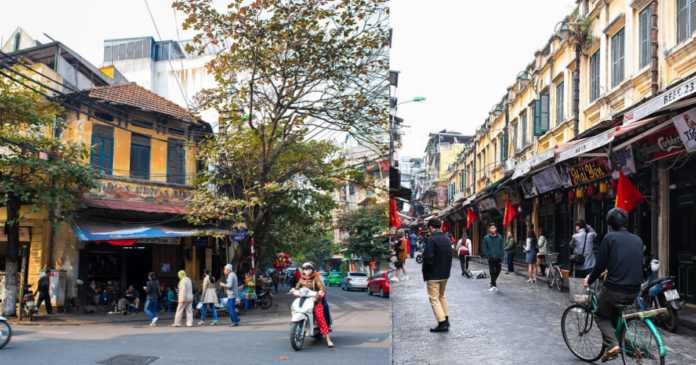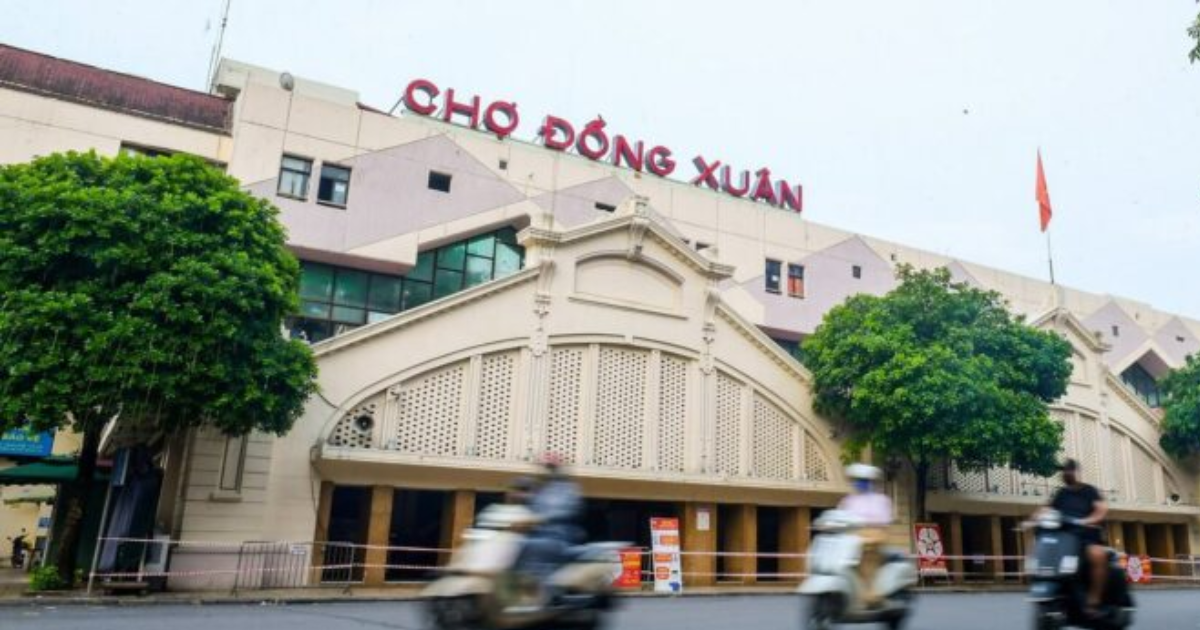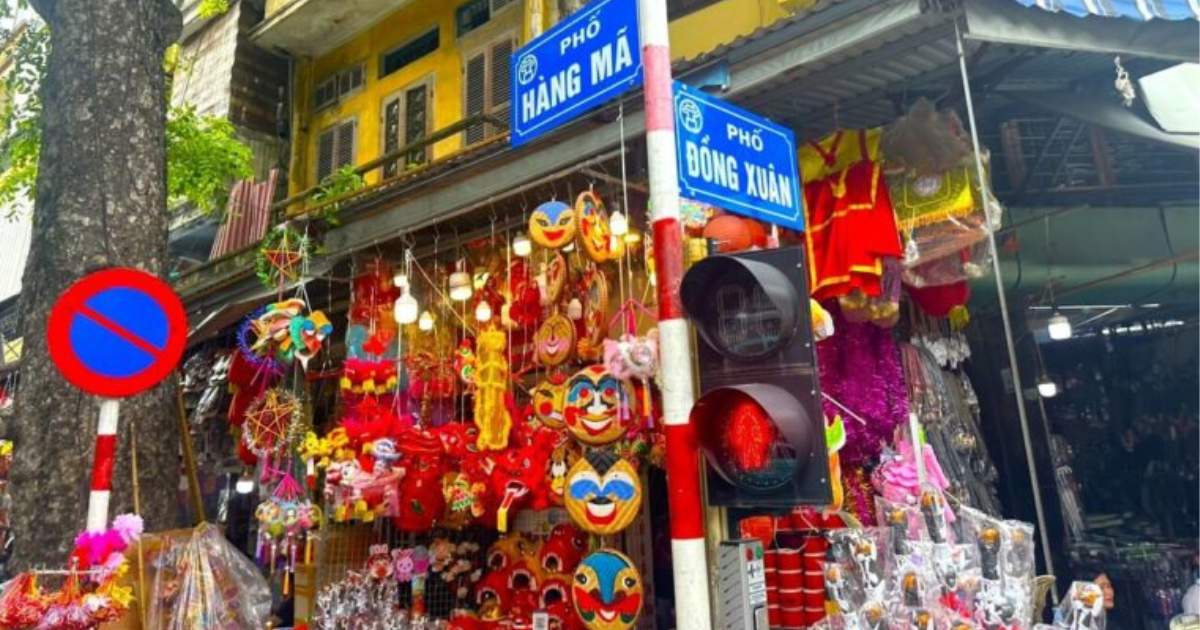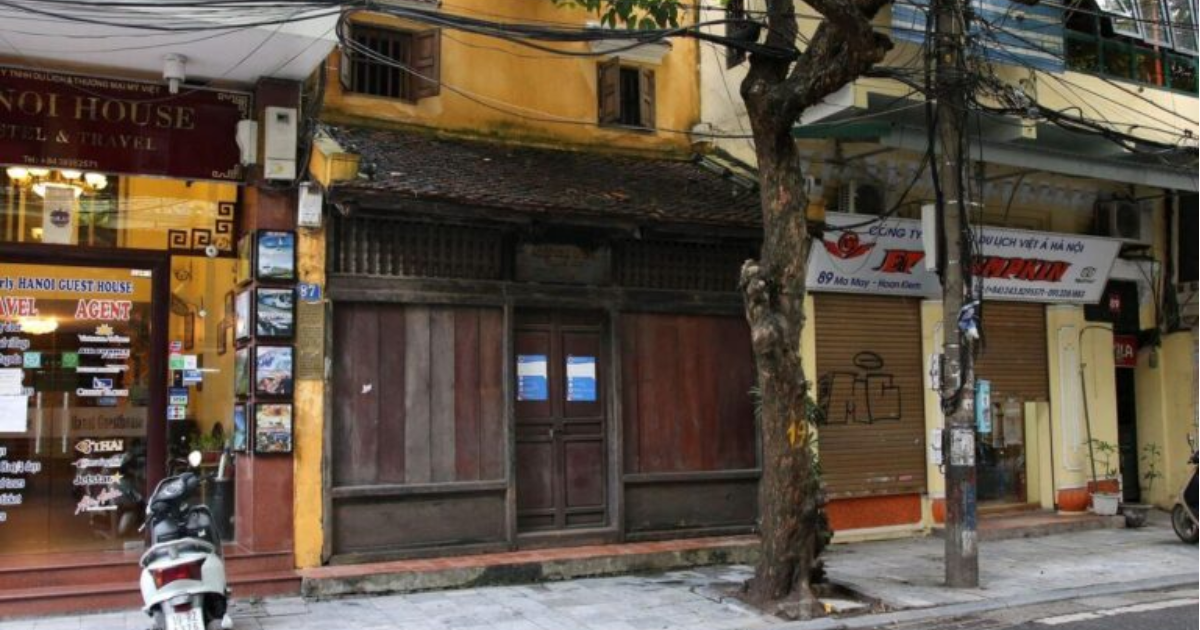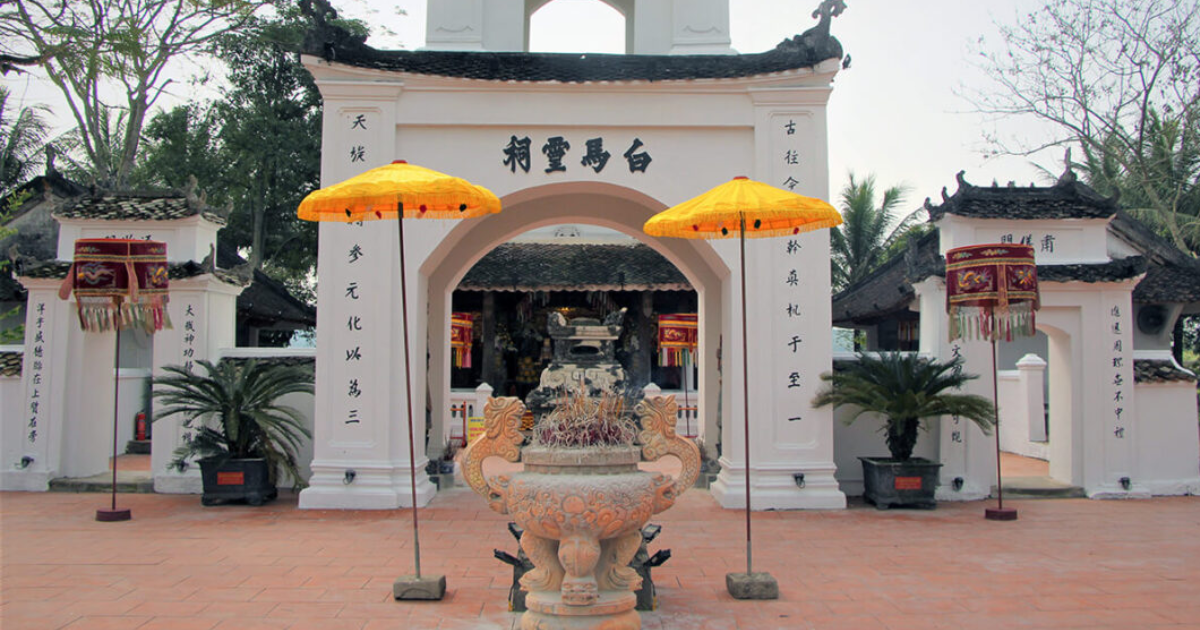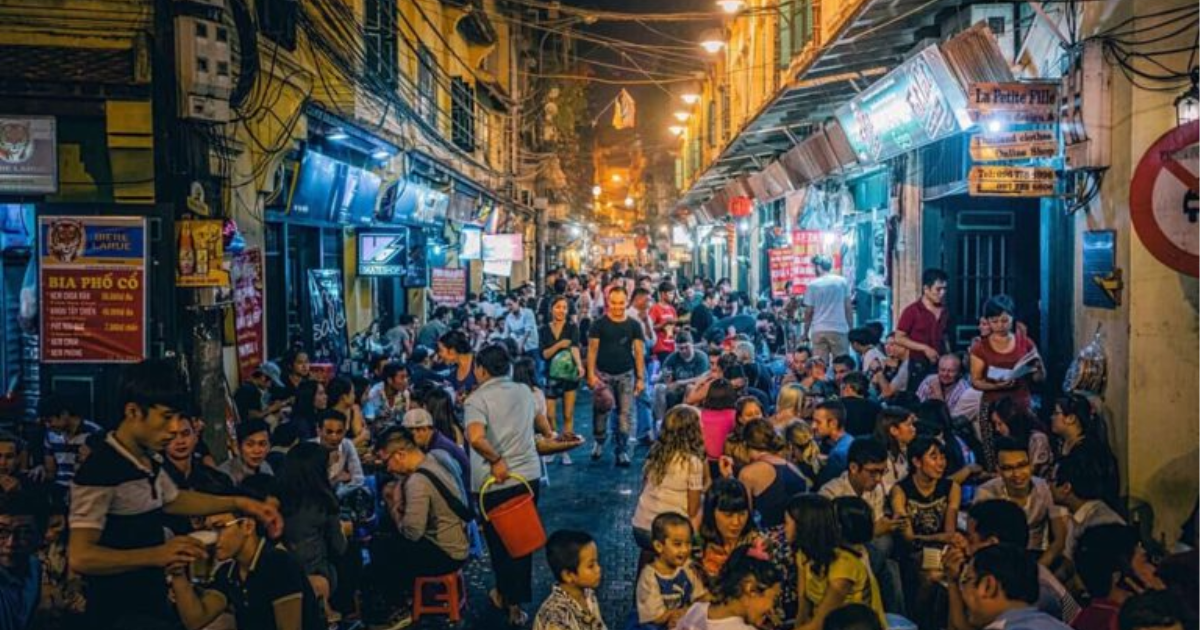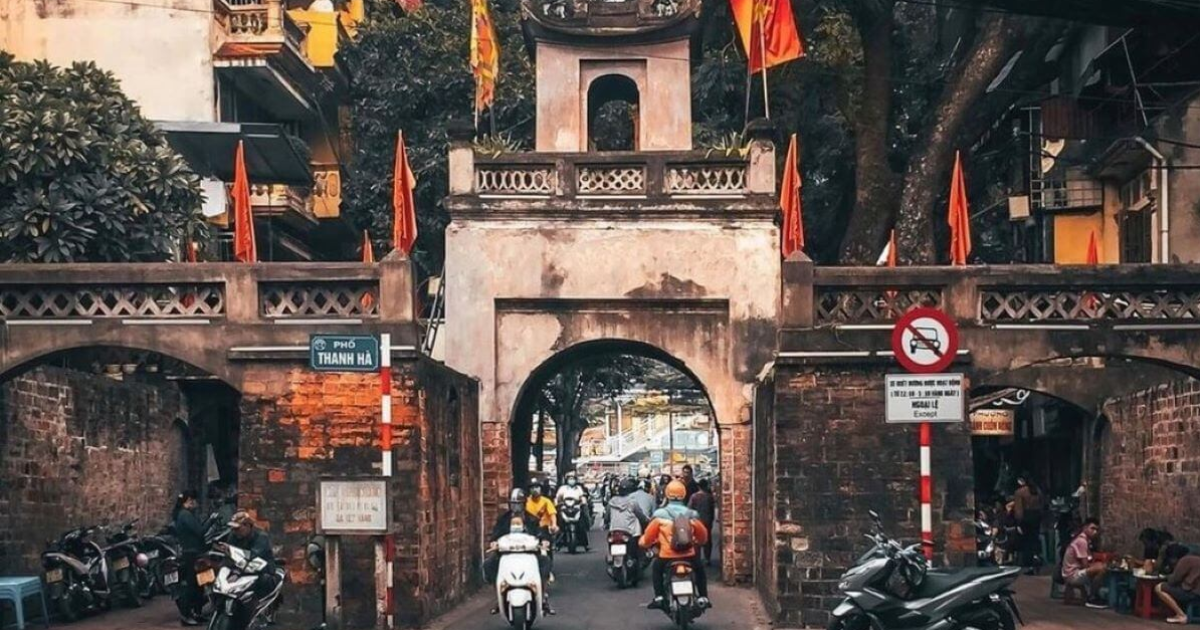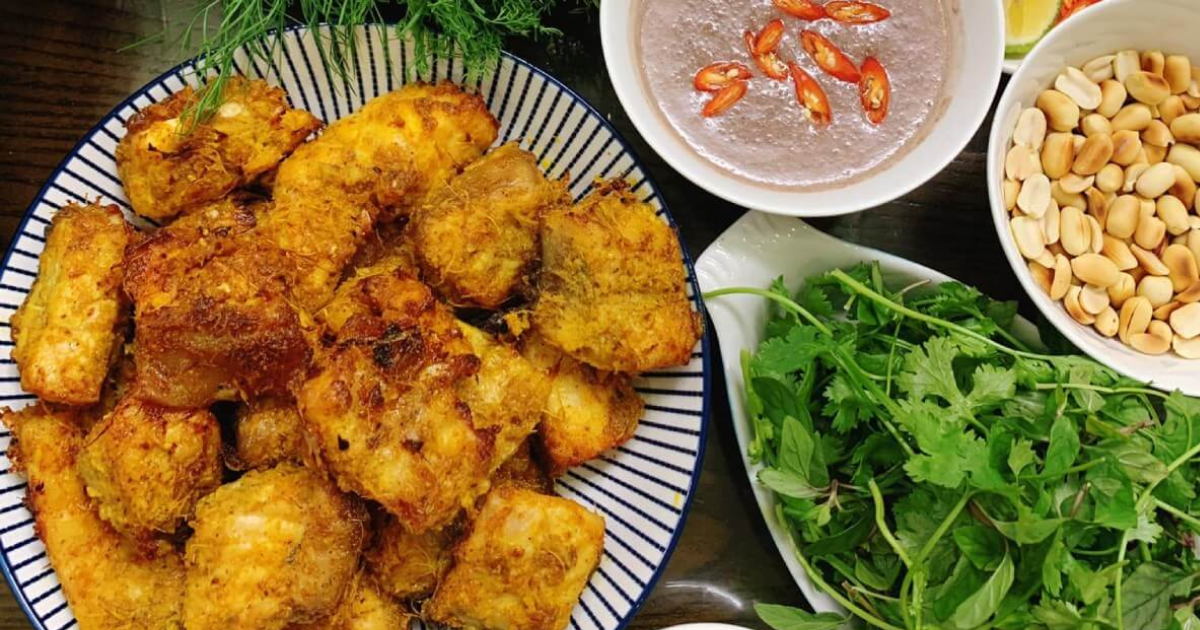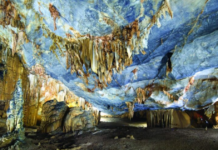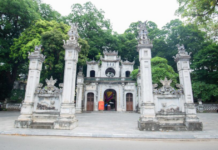Hanoi Old Quarter is a distinctive cultural symbol that preserves the essence of history and the traditional beauty of the country. With narrow streets and ancient houses, this area is a vivid picture of Hanoi’s past. Come and explore every corner, interesting stories, and unique experiences waiting for you.
1. Overview of Hanoi Old Quarter
1.1. Historical imprint and development journey
The Hanoi Old Quarter has a long history, dating back to the Ly and Tran dynasties, marked by fluctuations and changes. Despite this, the Old Quarter has preserved the original beauty of its culture and architecture. This area used to be the bustling trading center of the ancient capital Thang Long, where residents from nearby traditional craft villages gathered. The vibrant commercial activities led to the formation of the 36 streets, each known for its specialty products, from ceramics, silk, to handicrafts.
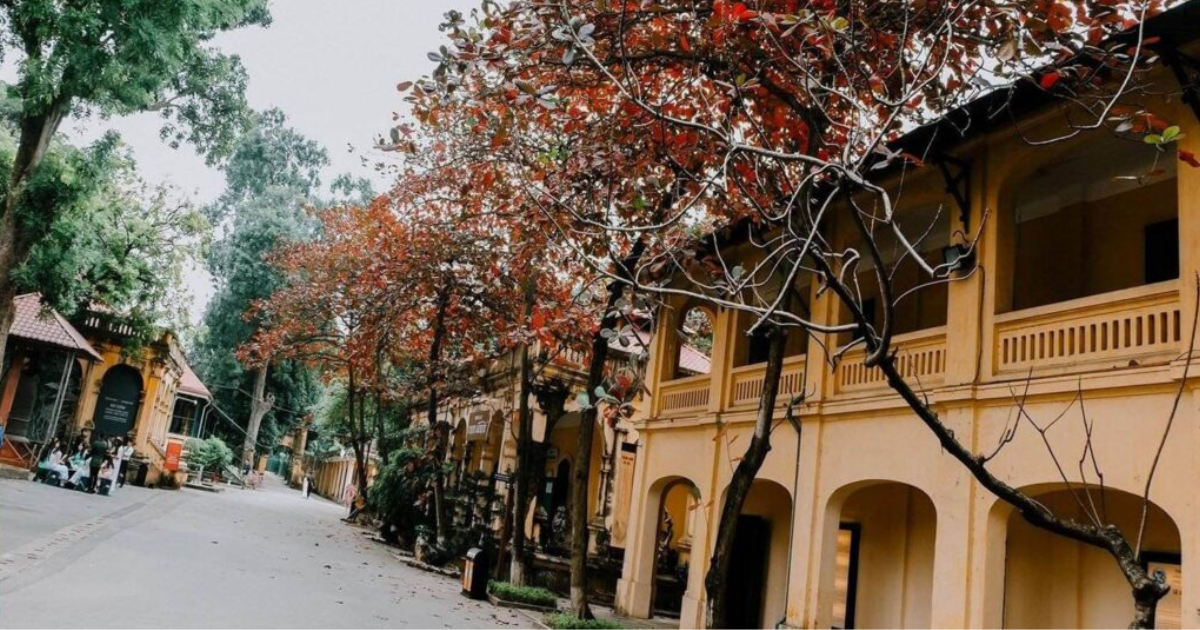
Spanning about 100 hectares, the Old Quarter is not only a geographic area but also a vibrant reflection of the daily life of Hanoi’s people through centuries. The closely-knit houses with sloping roofs and warm yellow paint have become the symbols of this area. From its early formation until now, the local government has continuously worked to preserve and promote the cultural value of the Old Quarter, making it a precious asset of the capital.
>> Explore Ngoc Son Temple: The precious gem in the heart of Hanoi
1.2. Architectural and cultural beauty
Hanoi Old Quarter is built with a unique architectural style. It is a living canvas depicting the blend of Eastern and Western cultures. The ancient houses, with their warm yellow hues, sloping roofs, and wooden windows, create a distinct charm. The architecture here not only reflects the development through various periods but also symbolizes the art of traditional Vietnamese construction. Each street, from Hang Bac to Hang Ma, has its own characteristics, offering visitors a sense of stepping into a timeless space untouched by modernity.
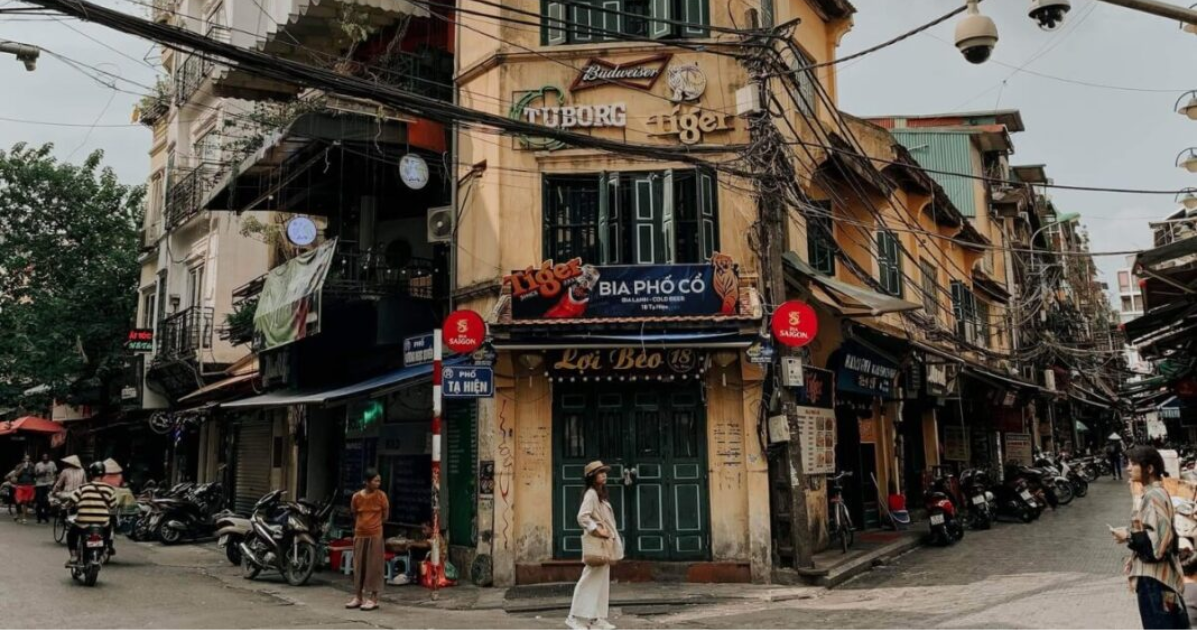
In addition to its architecture, the culture of the Old Quarter also contributes to the irresistible allure of this area. Traditional cultural activities, from festivals to water puppet performances, are preserved and promoted here. Street vendors selling local delicacies such as pho, bun cha, or banh cuon not only bring rich flavors but also form an essential part of the cultural experience for visitors. The fusion of architectural heritage and unique cultural life is why Hanoi Old Quarter remains an attractive and unforgettable destination for anyone who visits.
2. How to get to Hanoi Old Quarter
Located right in the heart of the capital, you can reach the Hanoi Old Quarter by various basic transportation options such as motorbikes, cars, taxis, and buses. Many bus routes will take you to the Old Quarter, such as buses 36, 09, and 14 that go to Hoan Kiem Lake, which is about 1.8 km from the Old Quarter, or buses 03, 14, 18, and 34 that go to O Quan Chuong, about 2 km away. Alternatively, you can also take a taxi for a direct ride, and with the short distance, the cost of the trip is not too expensive.
When exploring the Hanoi Old Quarter, aside from walking, you can rent a motorbike or a cyclo to take a ride around the area. The rental cost for a motorbike typically ranges from 150,000 to 200,000 VND per vehicle (depending on the type of vehicle and time). For the cyclo, the price varies, so make sure to negotiate the fare with the driver before getting on!
>> Explore Hoang Van Thu Park: A paradise for relaxation in the heart of Saigon
3. Discovering the prominent attractions in the Old Quarter
3.1. Hoan Kiem Lake
Hoan Kiem Lake, also known as Sword Lake, is not only a symbol of Hanoi but also the heart of the capital. Located in the middle of the Old Quarter, this freshwater lake offers a peaceful and serene space, making it an ideal stop for those who enjoy tranquility amidst the bustling streets. Covering an area of about 12 hectares and a depth of 1 to 1.4 meters, the lake is notable for Turtle Island, which features the Turtle Tower with its ancient beauty reflected on the water, creating a picturesque and captivating scene.
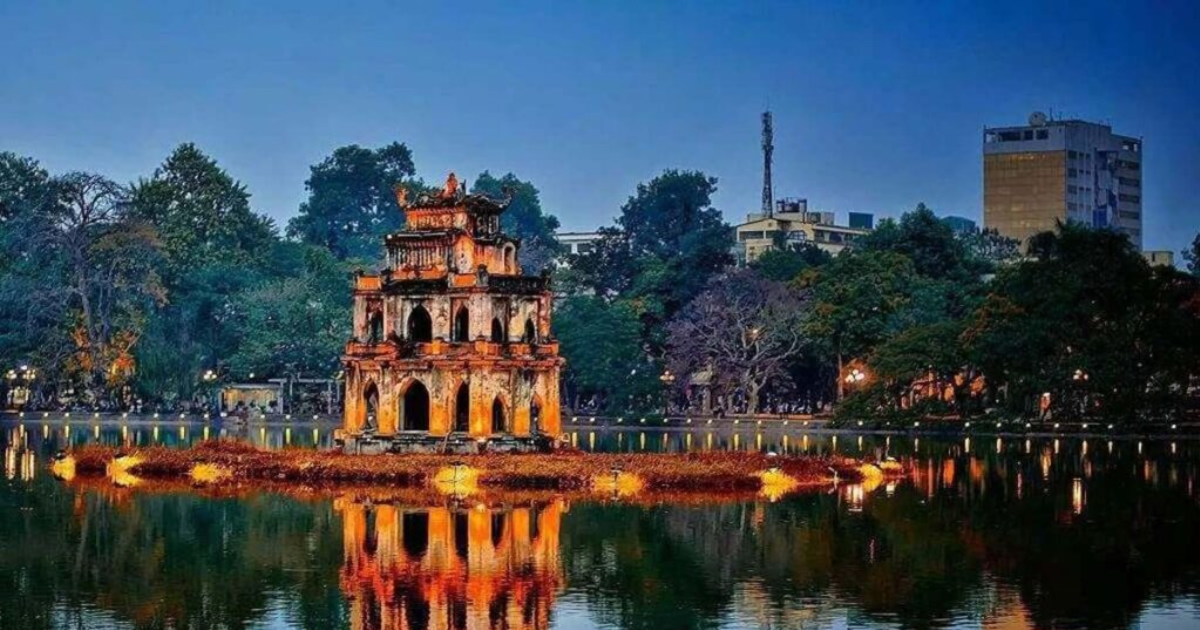
When mentioning Hoan Kiem Lake, it’s impossible not to mention the famous historical landmarks, including Ngoc Son Temple and the Thê Húc Bridge. Ngoc Son Temple, with its delicate architecture and peaceful atmosphere, is an excellent place to learn about the legend of the sacred turtle and the magical sword. The Thê Húc Bridge, painted in a vibrant red, leads visitors from the lakeshore to the temple, creating a beautiful highlight in the overall scenery. Be sure to take the time to explore the beauty of Hoan Kiem Lake, and don’t forget to enjoy the famous Trang Tien ice cream and other local delicacies as you stroll around the lake. With its fresh air and unique cultural experiences, Hoan Kiem Lake will undoubtedly leave you with unforgettable memories in your journey to explore the Old Quarter.
>> An Dong Market: A shopping paradise in Ho Chi Minh City.


